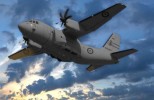Search
Using the filters to the left, click your selection, it will become bold and filter the results, click it again to remove that filter.
As Army Officers we’re trained to respond to low probability, high impact events so maybe it’s a product of my profession or perhaps I’m a pessimistic realist. Whatever the case, I can’t help but question the underlying Western cultural bias towards the utopian future. In my view the probability of a disruptive future is actually quite high. In fact I contend that most developed nations are likely to find themselves as small islands of privilege surrounded by a sea of chaos. Perhaps not as bad as …

2016 is set to be a significant year in the development of virtual reality (VR) technology, where major industry players such as Oculus, Sony and HTC are launching or have launched key consumer VR products. So, what are virtual reality, augmented reality (AR) and mixed reality (MR)? How will they change the way we experience the world, and how will they shape future land warfare? The reality continuum spans from simple overlaying of information into the users vision, to full immersive 3D virtual reality …

‘Sound logistics forms the foundation for the development of strategic flexibility and mobility. If such flexibility is to be exercised and exploited, military command must have adequate control of its logistic support’ - Admiral H. Eccles , Logistics in the National Defense In an earlier article I described how an increasingly dispersed battlefield influences logistics, and the capacity of a commander to exercise what Admiral Henry Eccles describes as ‘logistic control’. It articulated a need for …
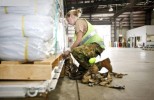
‘It is no great matter to change tactical plans in a hurry and to send troops off in new directions. But adjusting supply plans to the altered tactical scheme is far more difficult’ – General Walter Bedell Smith (Chief of Staff to General Dwight D. Eisenhower, Supreme Headquarters Allied Expeditionary Force from 1944-1945) [1] The question of how dispersed forces can be sustained effectively has been recently raised in a number of blogs and articles , but the problem is far from being new. The …
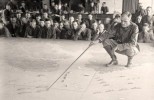
Previously I argued that the battlefield has always been dispersing, and tactics have adjusted accordingly, posing challenges for logistics planners and commanders alike. Whether it be to avoid obliteration, or in response to the requirement move and sustain forces across greater distances or difficult geography, logisticians must approach the principle of ‘flexibility’ beyond its use as a by-word. But is really isn’t their problem to resolve, at least not in isolation in a brigade maintenance area or …
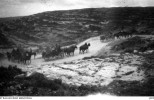
Clausewitz believed that the ways and means of warfare were determined by a combination of four factors; the characteristics of the belligerents, the context of their situation, the 'spirit of the age' of war, and the nature of war itself. 1 His view may seem self-evident to any student of war, but as strategist Colin S. Gray writes, militaries and strategic policy makers often conceptualise without a deep understanding of the conditions intrinsic to a military's approach to war. 2 Sir Julian Corbett’s …
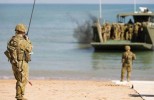
In prefacing his classic work on military logistics Pure Logistics , United States Marine Corps officer Colonel George C Thorpe declared that ‘the conclusion is irresistible that the military themselves know next to nothing about logistics’. As a marine infantryman teaching at the US Naval College in 1917, Thorpe had little professional compulsion or explicit need to write on logistics. However, personal experiences of American brush wars and observations made of the expeditionary war being fought on the …
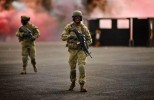
When armies recognise that they face an uncertain, unknowable, future, more often than not their response is to undertake organisational and structural change. Their observations of recent military campaigns, supported by analysts, historians and other social scientists, all offer enticing reasons for structural and conceptual change. One such analysis, written in the context of an exploration into expeditionary warfare, was recently presented by RAND Corporation analyst Michael Shurkin. Shurkin, recently …
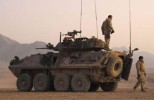
As described in my earlier blog article , force design is a difficult process despite its fundamental importance to future performance in war. It briefly examined the US Army’s recent desires for change cognisant of recent French expeditionary operations in Mali on Operation Serval ; an operation that demonstrated the value of the expeditionary characteristics of French forces. This impetus for change has also been driven by an evolutionary response to strategic conditions that see American forces …
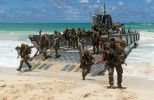
The past decade has seen a steady decrease in aerial resupply tasking in support of the conventional Army. The reasons for this include the operational focus of the Australian Defence Force (ADF) in the Middle East Area of Operations (MEAO); the removal of the airborne role from the 3rd Battalion, Royal Australian Regiment and the retirement of the DHC-4 Caribou and C130H fleet. Now, with the significant reduction of operations in the MEAO, the shift in strategic focus towards the Indo-Pacific Strategic …
